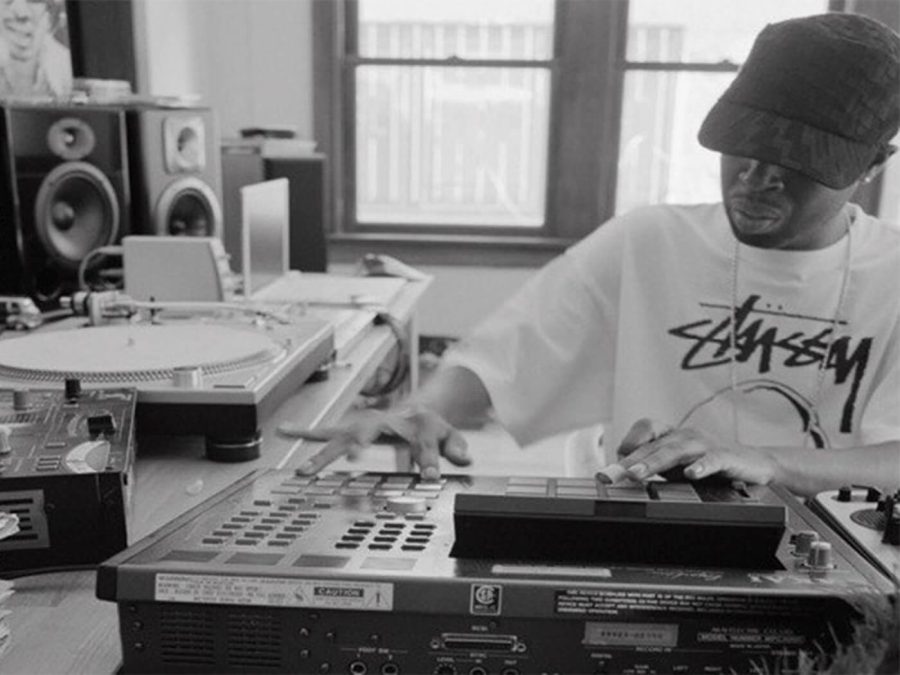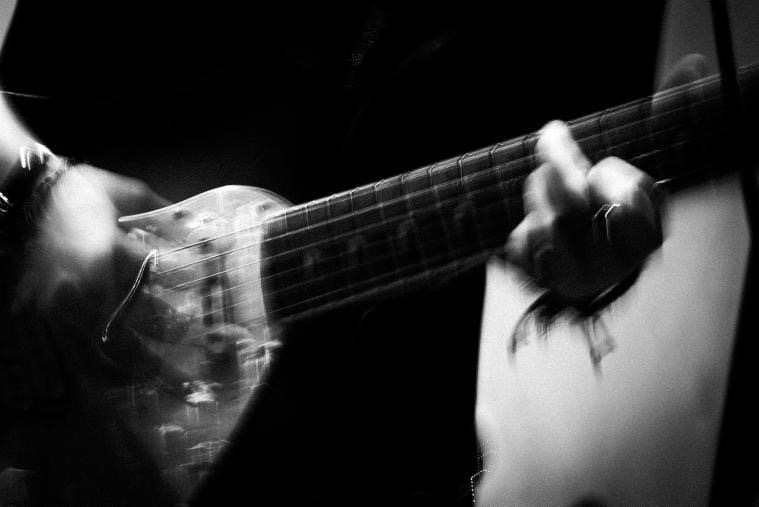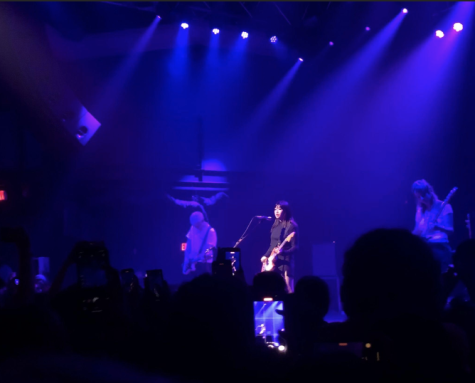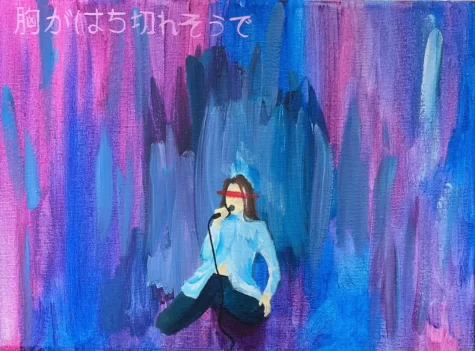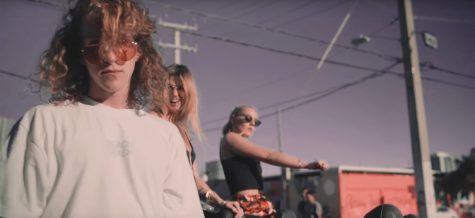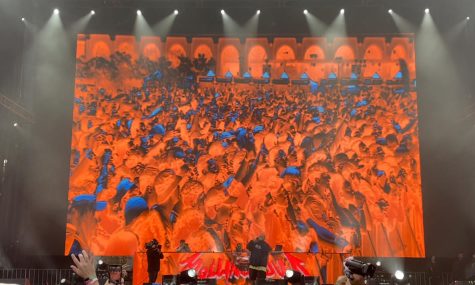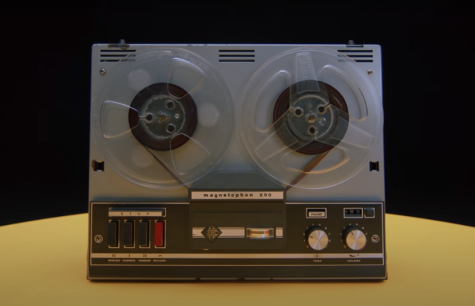Down the Rabbit Hole: How to get into Instrumental Hip Hop
November 4, 2021
While studying during this particularly brutal midterm season, I tried to listen to music without any lyrics, which is usually less distracting. I took this opportunity to take a deep dive into Instrumental Hip Hop and listen to all the essential albums in the genre.
Throughout its history, most Hip Hop has put the rapper, along with their lyrics and flow, at the forefront of the music. Most producers tend pair up with a rapper and make beats to accompany their lyrics, but there are countless instances of producers releasing solo projects showcasing hip hop production with little to no lyrics. Instrumental Hip Hop allows producers to have full creative freedom and experiment. Instrumental work often features complex beats and heavy use of samples.
The first project I wanted to look at is DJ Shadow’s 1996 record Endtroducing. The record is made up almost entirely of samples, mostly from obscure funk, soul, jazz and rock music. The track list is filled with long, tracks featuring beat switches and vocal samples scattered throughout the track. The second track, “Building Steam with a Grain of Salt”, is based on a light piano melody and features a sampled vocal harmony in the background, making the track feel almost cinematic. A later track “What does your soul look like – pt4”, creates an entirely different vibe. A layered synth combined with a repeating sampled bass line creates a much slower, spacey feel.
Entroducing is unique in that each track creates an entirely different atmosphere and achieves this just by using samples. The way DJ Shadow uses samples to create long complex songs pushed boundaries of Hip Hop at the time. This is why Entroducing is one of the most iconic Instrumental Hip Hop records of all time.
Perhaps one of the most influential Instrumental Hip Hop records is J Dilla’s 2006 record Donuts. His most well-known album, Donuts was also Dilla’s last album before his tragic death in 2006. The record was almost entirely produced from his hospital room while he struggled with TTP, a rare blood disorder, and released only a few days before his death.
The record is comprised of 31 short, minute-long tracks. Each one has Dilla brilliantly flipping a sample to create a bite sized beat. Many of the tracks use vocal samples in a particularly unique way. In tracks like “waves” and “airworks” tiny vocal samples are chopped and warped then implemented into the melody. Dilla breaks each sample down into its smallest components in order to create each beat.
J Dilla’s style and production is noticeably influential to modern Hip Hop. Multiple legendary artists such as Kanye West, Questlove and Tribe Called Quest have cited Dilla as an inspiration and influence for their own work.
These two seminal records are fantastic introductions, but only the tip of the iceberg when it comes to the genre. A couple other albums I’d check out if you liked the first two are Madlib’s Shades of Blue, MF DOOM’s Special Herbs and Spices, and Nujabes Modal Soul. Each of these artists usually produce alongside a rapper, but in these three records are all solo instrumental projects. While producers are normally known for their backseat role supporting a rapper, given the opportunity they can make deep and complex instrumental work that can stand on its own.

